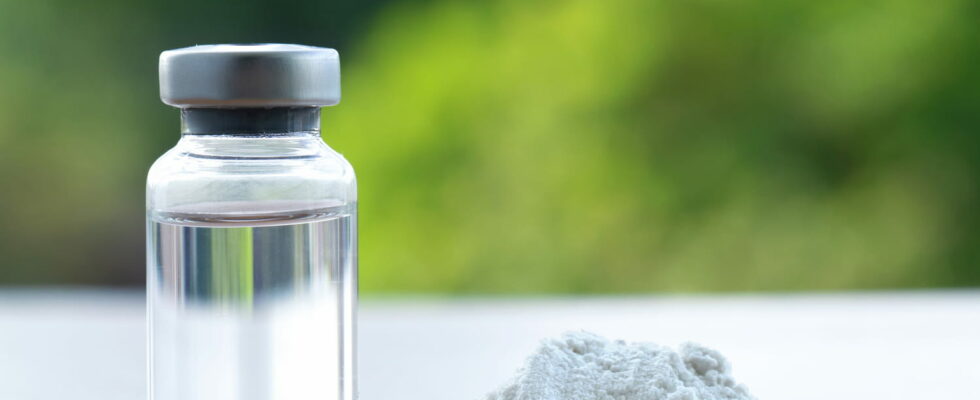Ketamine is an anesthetic drug diverted from its use and used as a drug for its euphoric effects and its sensations of being in cotton.
Ketamine is used in medicine as anesthetic for years 1960. It is also diverted from its medical indication to be taken as dope -called then “Chum“, “Ké”, “Kéké”, “pony drug”, “horse” because of his euphoric effects. She is then considered narcotics and endangers the health of the user.
What is ketamine?
There ketamine is a phencyclidine derivative, a veterinary and human anesthetic used in the medical sector since the early 1960s. It comes in the form of naturally odorless and colorless liquid, white crystalline powder or more rarely tablets or capsules.
Ketamine is found in medications Ketamine Panpharma® and Ketamine Renaudin®. These treatments can only be found in hospitals. She is used as an anesthetic and as a powerful analgesic (against pain). For relieve acute or chronic pain, ketamine is given in doses lower than those used to achieve anesthesia. It does not exert a marked action on the level of the lungs and the heart. It is therefore possible to perform certain ketamine anesthesias without the need to take special measures to control breathing. At certain dosages, it even has the ability to stimulate the cardiovascular system rather than slowing it down. Furthermore, ketamine has psychotropic properties. This substance is also used in paediatrics to perform small operations, even to relieve headaches. In veterinary medicine, ketamine is used to anesthetize animals such as horses but also smaller domestic animals.
What are the effects of the drug ketamine?
When ketamine is diverted from its medical use, it becomes a narcotic and its use is no longer regulated. She is thus consumed in drugs, mostly in the form of snorted powder. Some users inject it intramuscularly or intravenously. Ketamine would first be used to experience lightheaded, “cottony” sensations or euphoria. She provokes at first this state of relaxation, floating and euphoria. The more the dose is increased, the more it modifies the sensory perceptions and in particular the vision. Of the delusions can then occur with an alteration of the perception of time, of the body and of hallucinations. Some users even have the impression of leaving their body. In general the effects appear in 5 to 10 minutes And last between one and two hours. Some users also use it after to facilitate the descent of stimulants or hallucinogens.
What are the side effects of ketamine?
Ketamine is likely to cause psychiatric disorders and alterations of consciousnessnotably a feeling of splitting (decorporation), confusion or unreality. This is also what explains why his use remains moderate in medicine. Furthermore, thethe anesthesia provided by ketamine is not very deep and therefore insufficient in some cases. At the dosages used, it can cause headaches, nausea, vomiting. More serious, in prolonged doses, ketamine promotes urinary (bladder) infections and gradually leads to kidney destruction. Used in drug form and in high doses, it can lead to loss of consciousness or a coma. In some people, the consumption of ketamine causes a feeling of intense anxiety, called “bad trip”, which in some cases requires medical treatment.
Does ketamine have benefits for depression?
It is quite possible that, in the near future, ketamine will be used as a leading antidepressant (it is particularly useful to stabilize bipolar people). Its time of action is indeed much shorter than current treatments. In addition, it could be used to fight against alcoholism or drug addiction (heroin addiction, in particular).
Can ketamine be detected by saliva test?
Ketamine is currently detectable only in urine up to one day after taking. There is no saliva or blood screening.
For the time being, the consumption of ketamine as a narcotic does not lead to addiction because it remains punctual and in a festive use. However, we must remain vigilant because regular consumption can lead to dependence with a phenomenon of tolerance, that is to say an increase in doses and frequency to obtain the same effect. The consequences can then be significant on personal and professional life, and medical care is required.
How much does ketamine cost?
Mainly consumed during alternative festive events such as “rave parties” because of its euphoric and hallucinogenic effects, it is purchased around 40 to 50 euros per gram of powder.
Source: Ketamine use in France: recent trends (2012-2013), OFDT, 2012-2013
